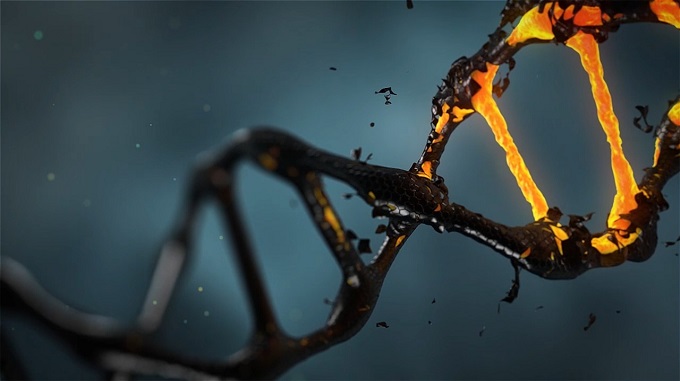A new gene has been identified by researchers at the University of Michigan Rogel Cancer Center that’s responsible for keeping control over signals released from a key player in prostate cancer, the androgen receptor. The study, which was published in Nature Genetics, revealed that by knocking down this gene, named ARLNC1, they could deplete the cancer cells in mice. This suggests the long-coding RNA (lncRNA) may be a potential target for future therapies.
The way current prostate cancer treatments work is by blocking the androgen receptor as this will stop cancer growth. The problem is that many patients end up growing a resistance to this kind of therapy and go on to develop metastatic castration-resistant prostate cancer as a result. “The androgen receptor is an important target in prostate cancer. Understanding that target is important,” says the senior author of the study and director of the Michigan Center for Translational Pathology, Arul Chinnaiyan, M.D., Ph.D.
In 2015, Chinnaiyan’s lab identified a large number of lncRNAs. These are often referred to as the dark matter of the genome as we know so very little about them. But in searching for lncRNAs that play a role in prostate cancer, the researchers found that ARLNC1 levels are higher in prostate cancer relative to prostate tissue which is benign, hence the suggestion that it plays a role in the development of cancer. And the fact that it was linked with androgen receptor signaling made it all the more exciting.
The study revealed that the androgen receptor actually induces the expression of ARLNC1 which then binds to the receptor’s messenger RNA transcript. This stabilizes the receptor’s level which is then fed back to ARLNC1. “At the end of the day, you’re creating or stabilizing more androgen receptor signaling in general and driving this oncogenic pathway forward. We’re envisioning a potential therapy against ARLNC1 in combination with therapy to block the androgen receptor – which would hit the target and also the positive feedback loop,” says Chinnaiyan.
When the cell lines expressing the androgen receptor blocked ARLNC1, the cancer cells died and tumor growth was prevented. Raising the ARLNC1 levels in mice caused large tumors to form while depleting the ARLNC1 caused the tumors to shrink. Moving forward the researchers are planning on studying the biology of ARLNC1 to see how its linked to androgen receptor signaling and prostate cancer progression.
More News to Read
- Researchers Gain Deeper Understanding into Quantum Technology Thanks to Superconducting Vortex
- MIT Researchers Create New Way of Enhancing Light and Matter Interactions
- New Fuel Reducing Ship Coating Could Save the U.S. Navy Millions of Dollars
- New NASA Mission to Focus on Interstellar Space Particles of the Outer Solar System
- AI is Now More Accurate at Diagnosing Skin Cancer than Dermatologists

